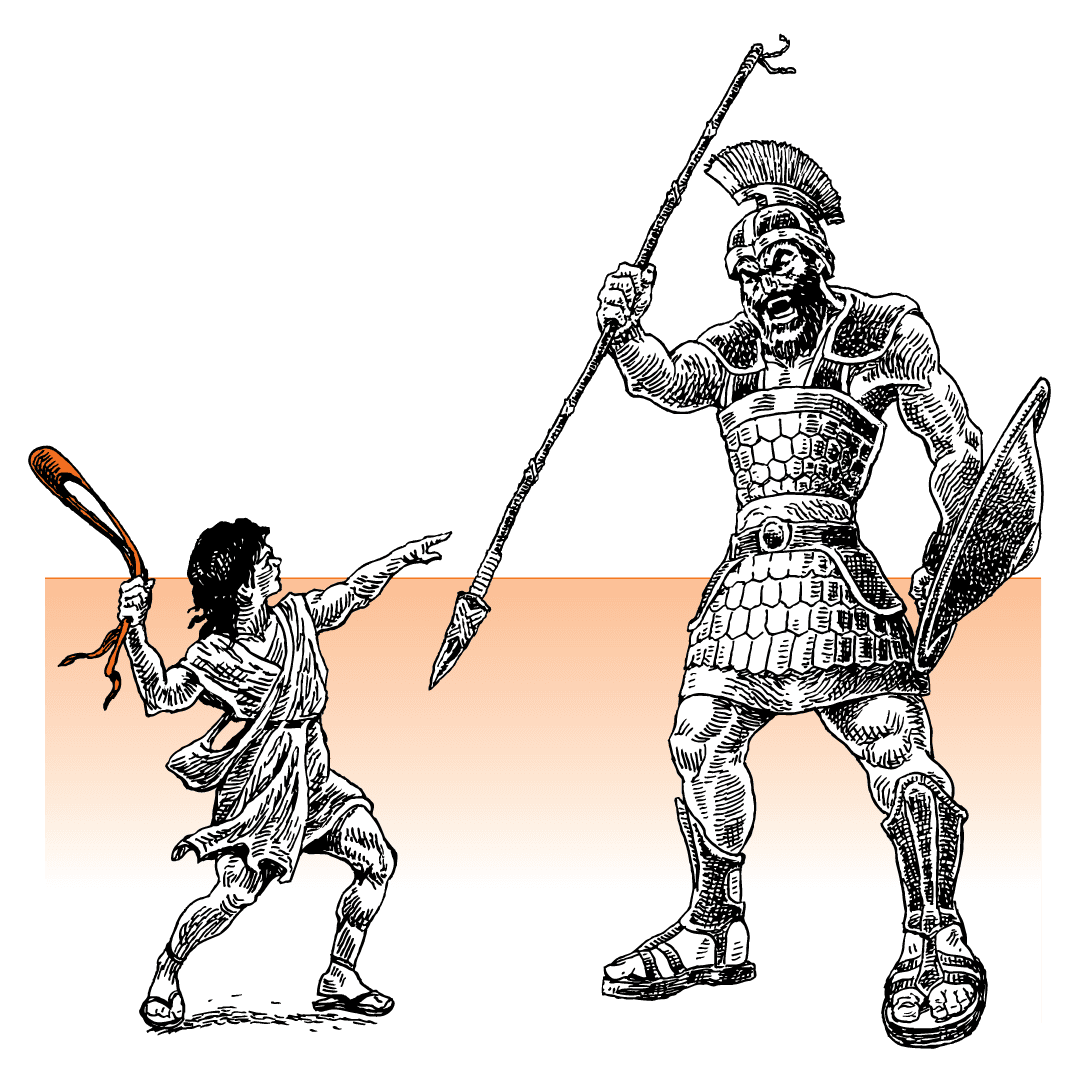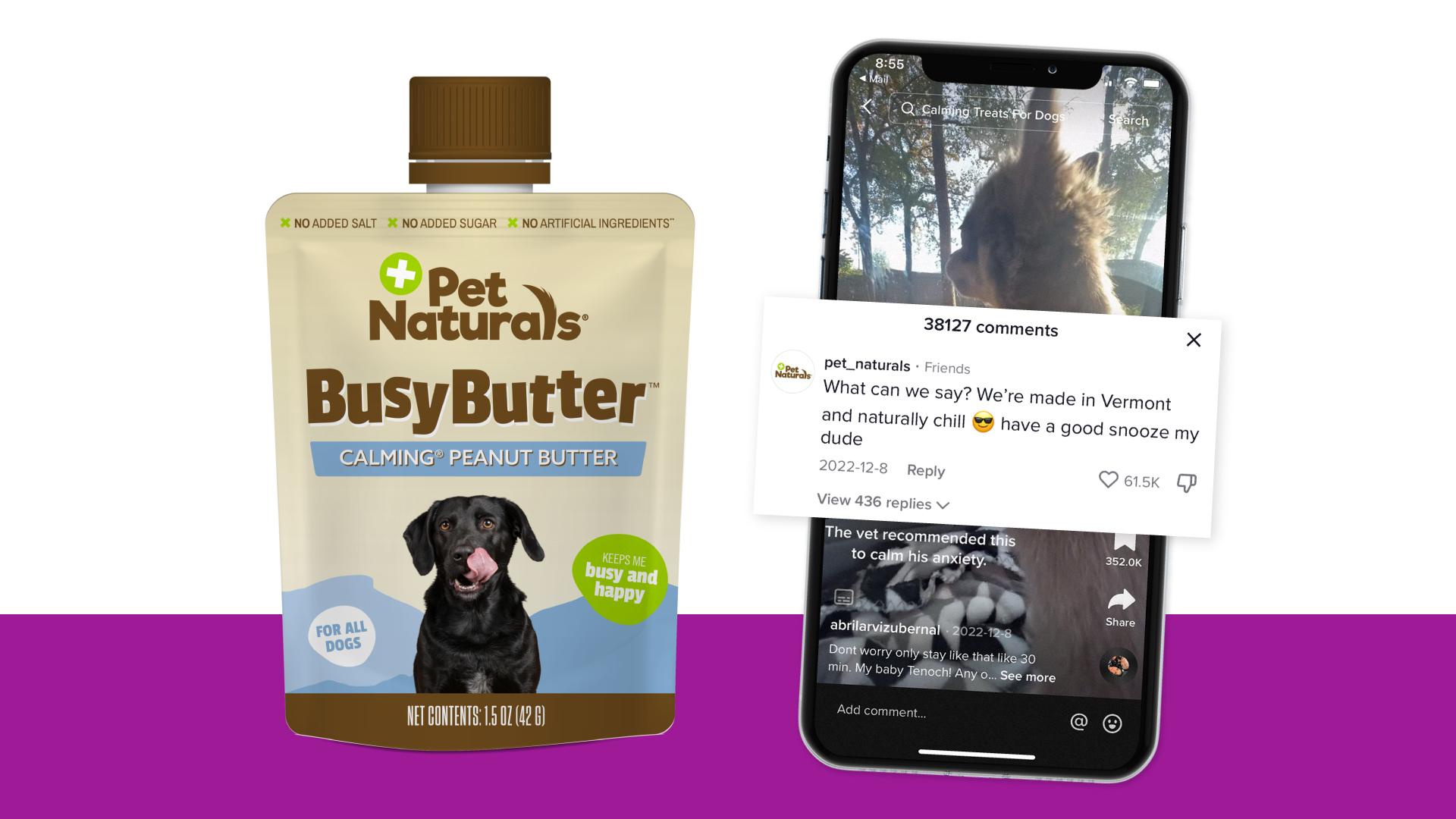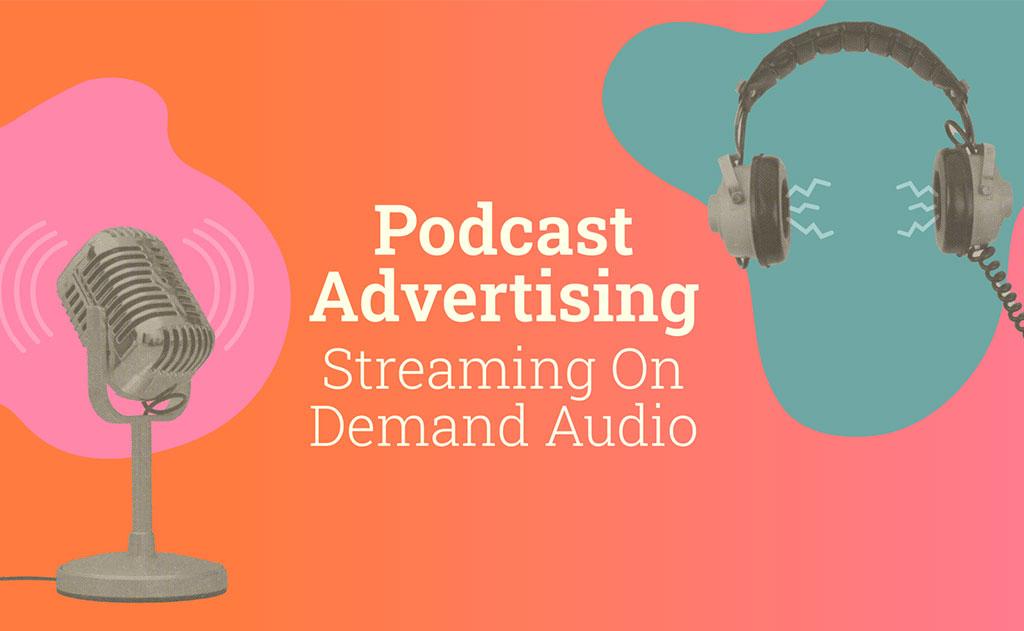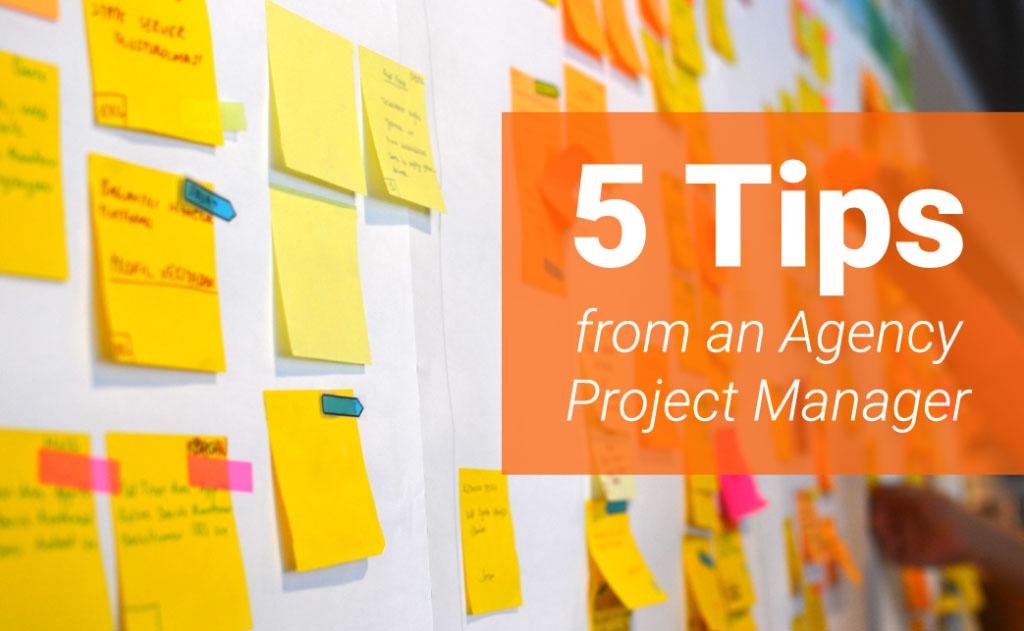Insights & Trends
Path to Purchase Part 8: Loyalty Marketing
December 9, 2019
Can Loyalty be incented? Certainly. But that is not the kind of loyalty I am talking about here. I am not talking about bribing customers with gimmicks and points and rebates. Transactional Loyalty is a tool and useful one. But that is not a kind of fundamental loyalty that comes with a relationship.
I am not talking about the case where all things being equal, customers choose our product or service (Preference.) I am talking about when all things are not equal, they choose us anyway. The times when they forgot the coupon, lost the code, we’re not on sale but they need us now. That is a higher level of Loyalty. Because they truly want our brand above all others, even when we screw up, even when we change, even when we have to apologize.
To create Loyalty in the next decade, I predict, suggest, and state that something very alarming is going to occur for most, if not all, brands.
There is going to need to be a person, or people, on our side of the equation, that interact with the people that buy our stuff. Maybe AI will become so fantastic that it will reduce the need/cost. Maybe. But brands that actually have a human will have an advantage.
And this is where content comes into play. Developing an articulated content and community management strategy will be mandatory to reach ROI goals. These loyalists need nurturing. They have made an investment in us. They expect a return in the form of recognition (which could be points/rebates but is more likely service and acknowledgement.)
COMPETITIVE BRANDS THOUGHT EXPERIMENT:

Brand A:
Industry Leader. Goliath. Is spending a lot on ads, getting a lot of attention. Sales increasing. Has a nice little bit of content going up on Facebook, Instagram, Pinterest. Fun, engaging posts.
Brand B:
The David to Goliath. Cannot outspend at this point in time. Can outsmart and is doing a good job of it. Essentially doing everything Goliath is doing, but less of it.
Brand C:
Would like to be David but is not even that well-funded. We’ll call them David’s Pebble. Focusing on low-cost paid social media mostly. But investing as much as possible in community management and meaningful email marketing. Their social comment section is full of one-to-one responses from a real person or persons at the company, working their ass off to correct what’s wrong, answer questions, create loyalists who become advocates. Even though sales are small, the percentage of online reviews and social shares is significant and increasing.
Who wins? Hard to say. But that won’t stop me.
Goliath is doomed to continue spending more and more to capture incremental sales gains. They COULD move 10-20% of the marketing budget to begin the Loyalty to Advocacy work, which would likely crush David and David’s Pebble over time. They are unlikely to do so because their metrics show success. But they are vulnerable to the actions of others. In the big picture, they will be “successful” because they provide an easy transactional experience at scale. They will be unlikely to be loved by customers and will need to spend to remind everyone that they have stuff to sell.
David, by not recognizing existing customers, is in danger of losing them to Goliath or David’s Pebble because they haven’t exactly cemented Preference yet, much less Loyalty. However, because they are not yet selling at scale, or advertising at scale, they do not have as large of an investment to make in community. A move of 5-10% could make a noticeable difference in retaining customers and gaining new customers.
David’s Pebble. If they continue to invest in moving consumers from Loyalty to Advocacy, the growth threat to Goliath and David may become pretty shocking.
In the old, old days, brands that took this approach called it “Customer Service.” When I worked at L.L. Bean in the 1980s, it was pretty clear what we were doing (Loyalty and Advocacy). We accepted in a passive kind of way that we would never surpass Sears, (even though our retail models were similar.) We knew that fundamentally, Sears was a Goliath that really couldn’t be touched. We never even thought about in any sort of active way, so we did our thing and did it well. Neither did Sears, doing their thing. Funny how that turned out.
Sears owned America in catalog and retail stores, in every town. L.L. Bean had this core, crazy loyal, sometimes angry, sometimes passionate, base of older, kind of wealthy customers who the company invested in keeping.
Preference to Loyalty to Advocacy. It’s a pretty big deal. And if Advocacy is not the goal, marketers are still not maximizing ROI.
That’s next.

Peter Rinck
Chief Executive Officer
Related Articles
Let’s Stop Trying to Go Viral
March 10, 2023 | Insights & Trends
Raise your hand if a client has ever asked you how to make their brand “go viral”.
READ MOREPodcast Advertising – Streaming On Demand Audio
December 16, 2022 | Insights & Trends
Podcast advertising offers brands a dynamic opportunity to provide full funnel support for their products and services. The host helps build awareness as listeners are introduced to a new product or brand. The host’s recommendations, and built-in trust, lead many listeners to the consideration phase. Finally, many podcasts utilize promotional codes and offers which can be tracked to easily measure the return on your investment.
READ MORE5 Tips from an Agency Project Manager
November 3, 2022 | Insights & Trends
How do you keep yourself organized in such a fast-paced work environment? Here are a few tips that I have found help organize the chaos, so I feel a sense of accomplishment each day.
READ MOREInterpreting Google’s Global Market Insights
August 24, 2022 | Insights & Trends
The Google Global Market Insights team just released the latest consumer behavior insights after analyzing billions of recent search queries. These insights are intended to help us act in an environment of economic uncertainty – for Rinck, our clients, and their consumers.
READ MORE


